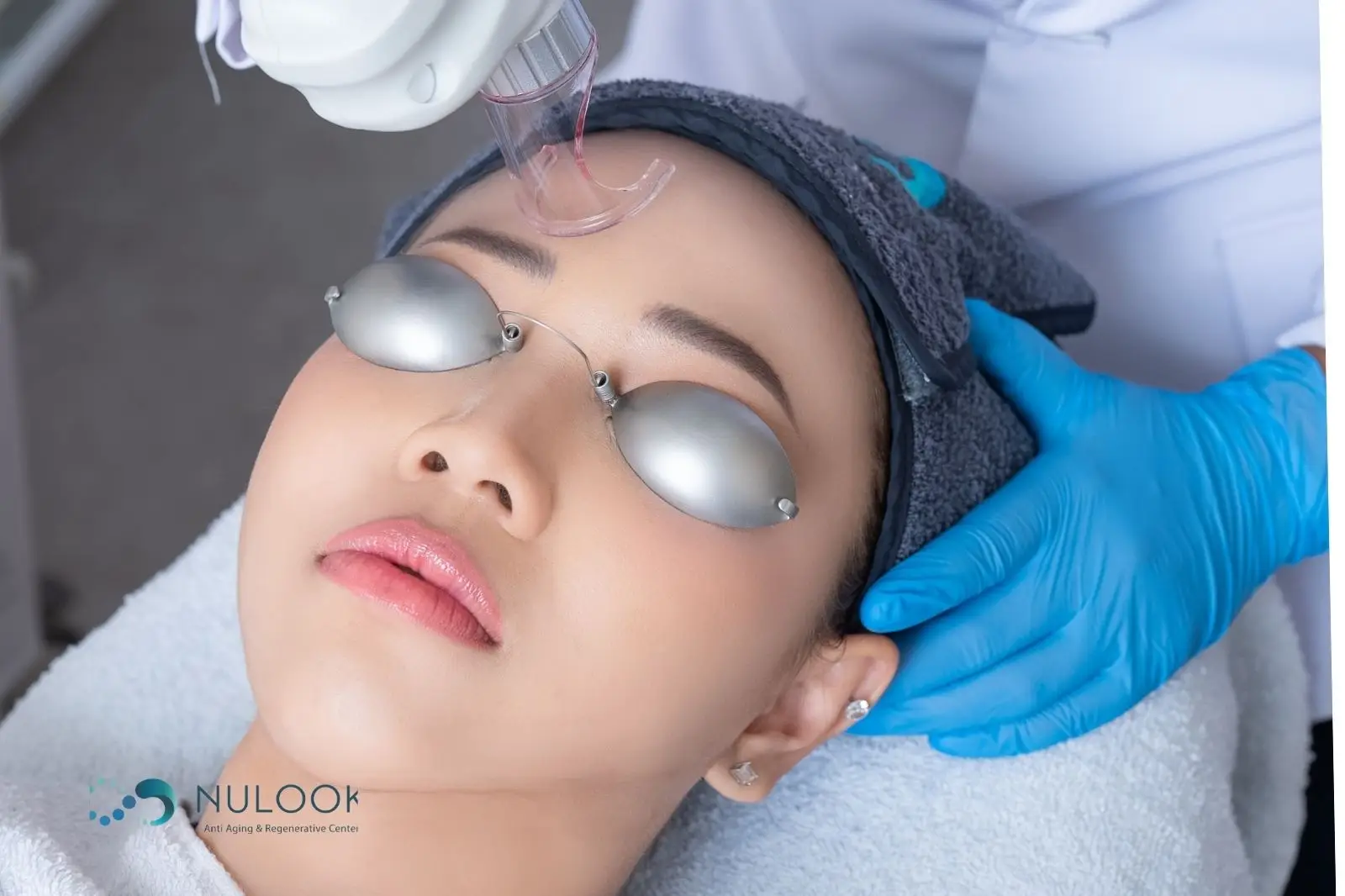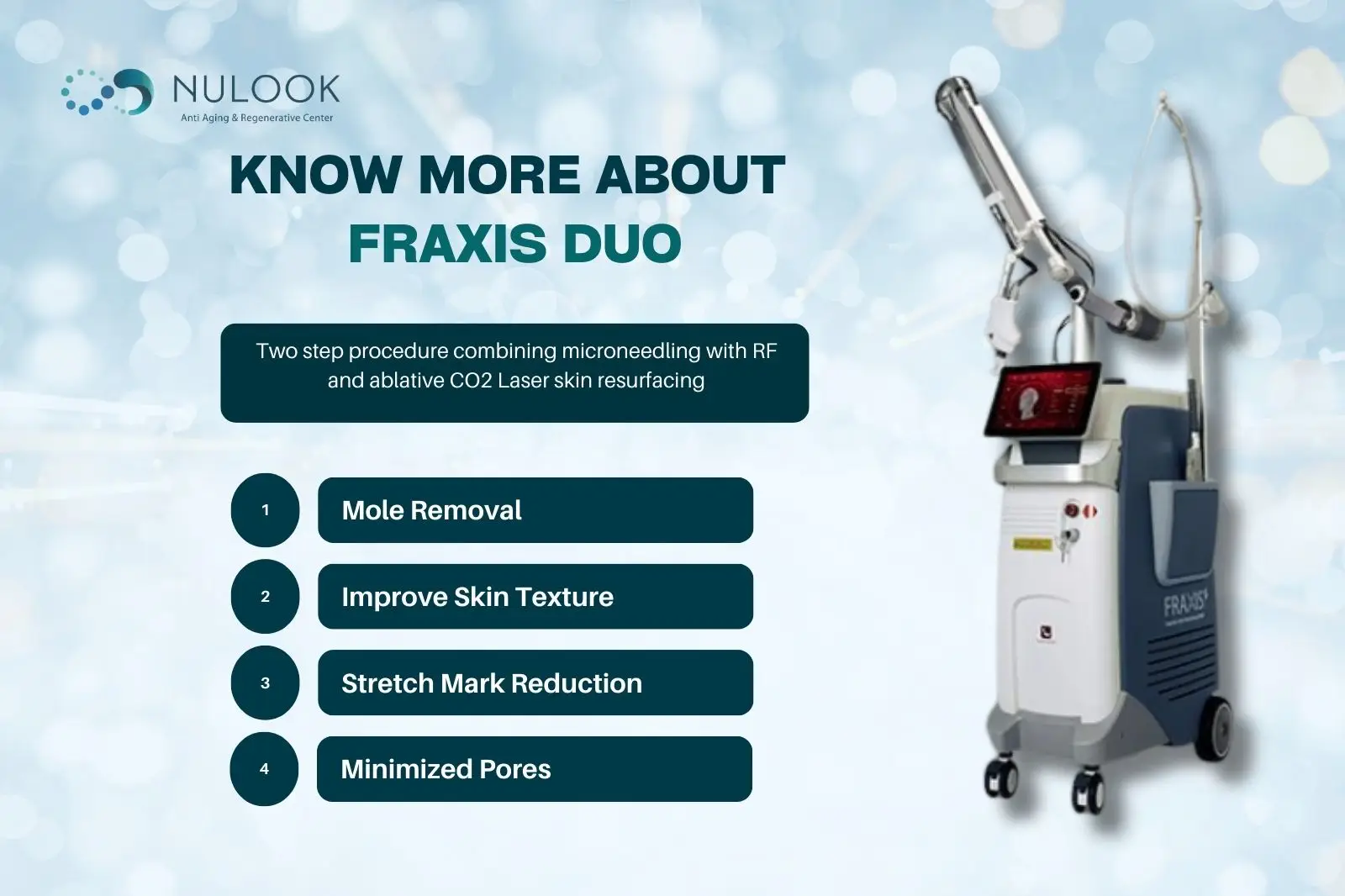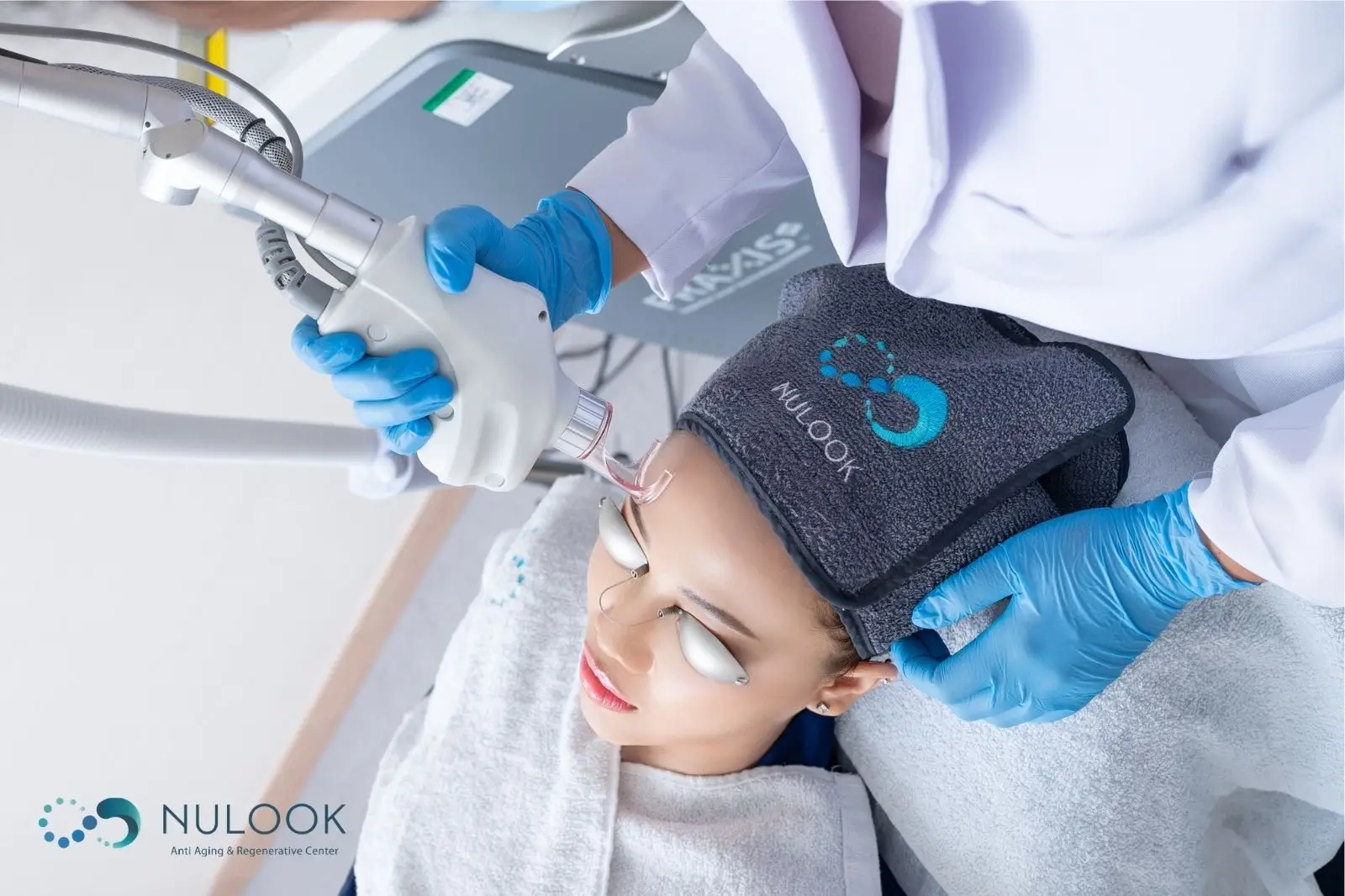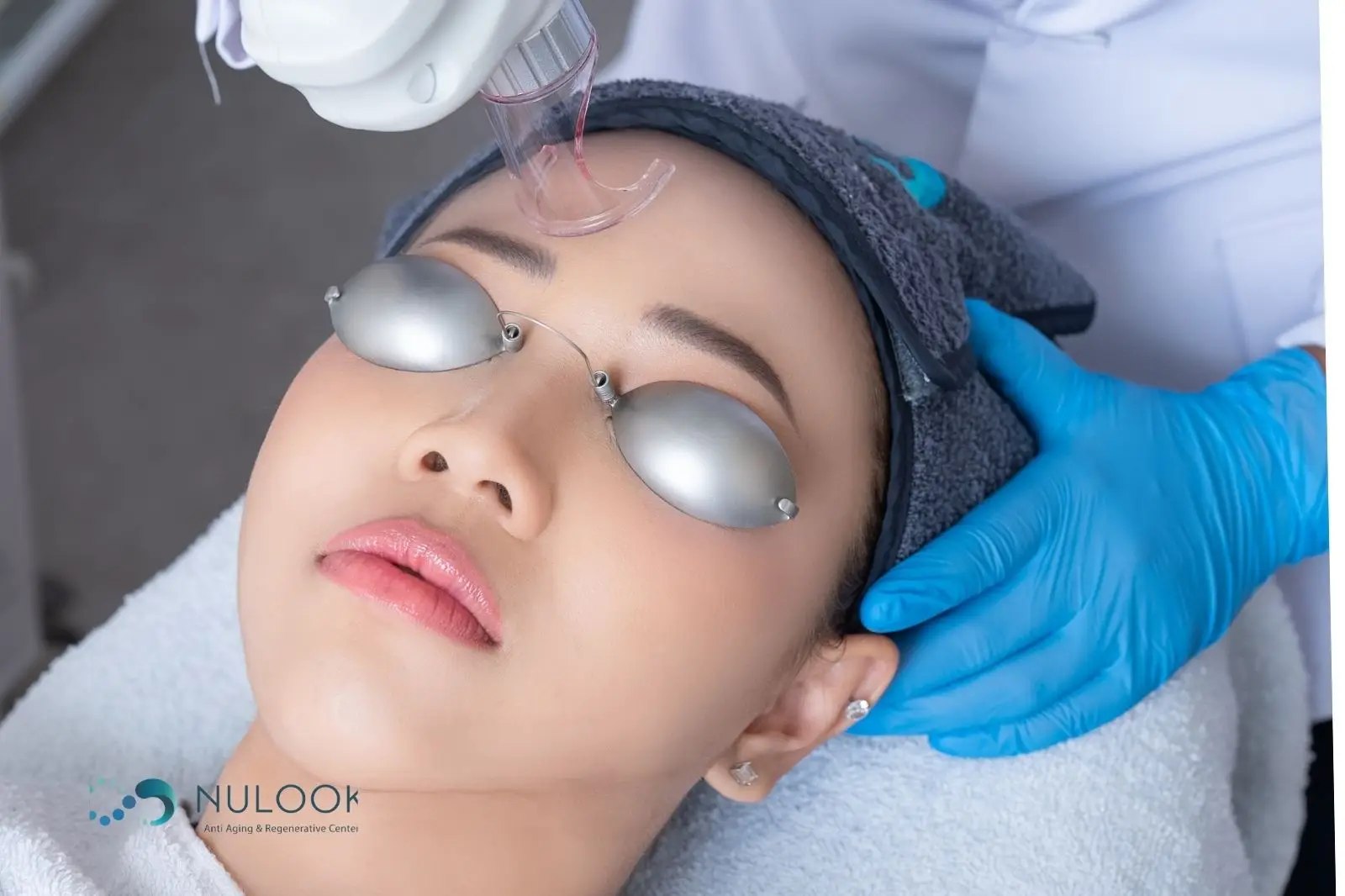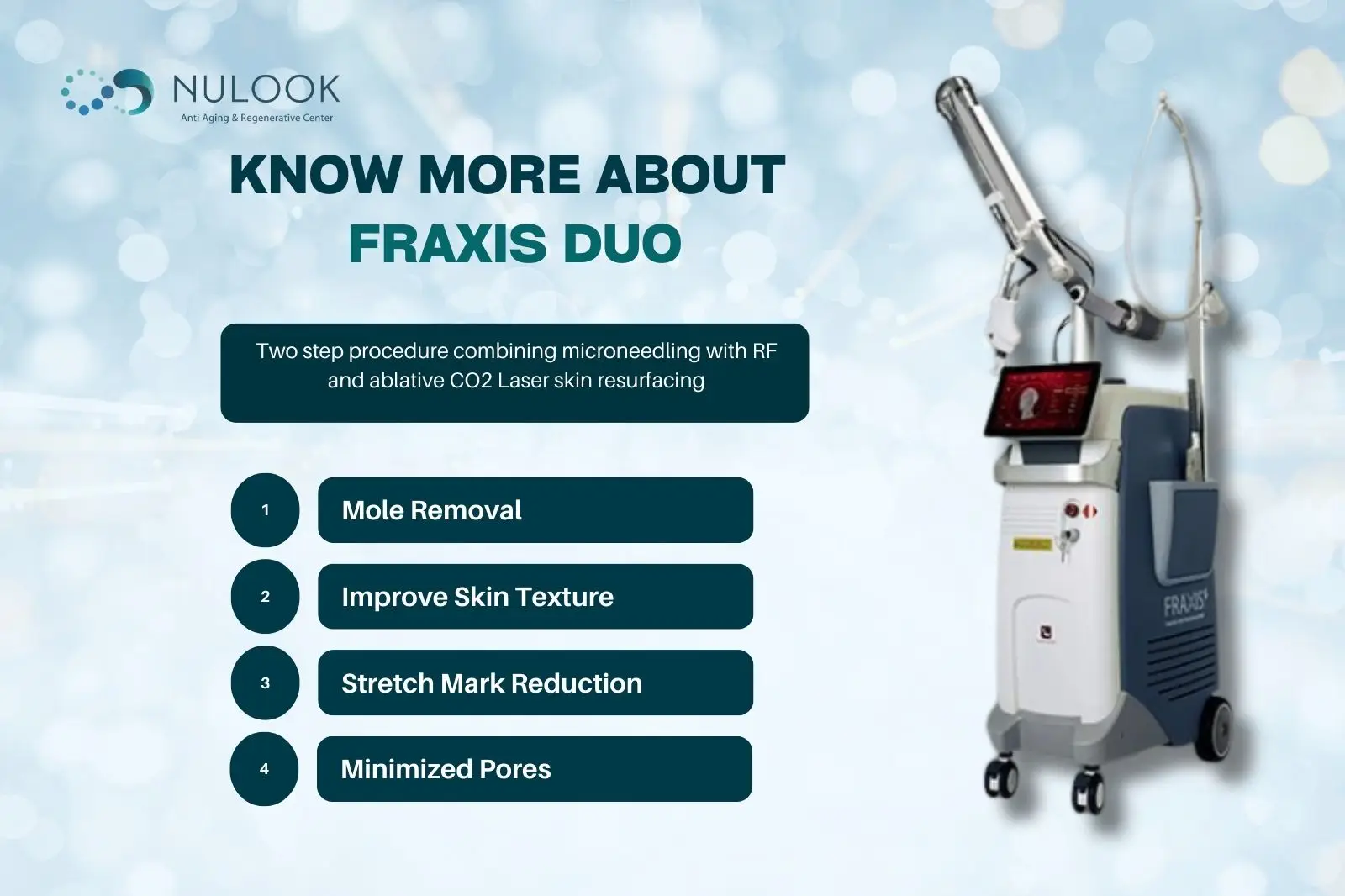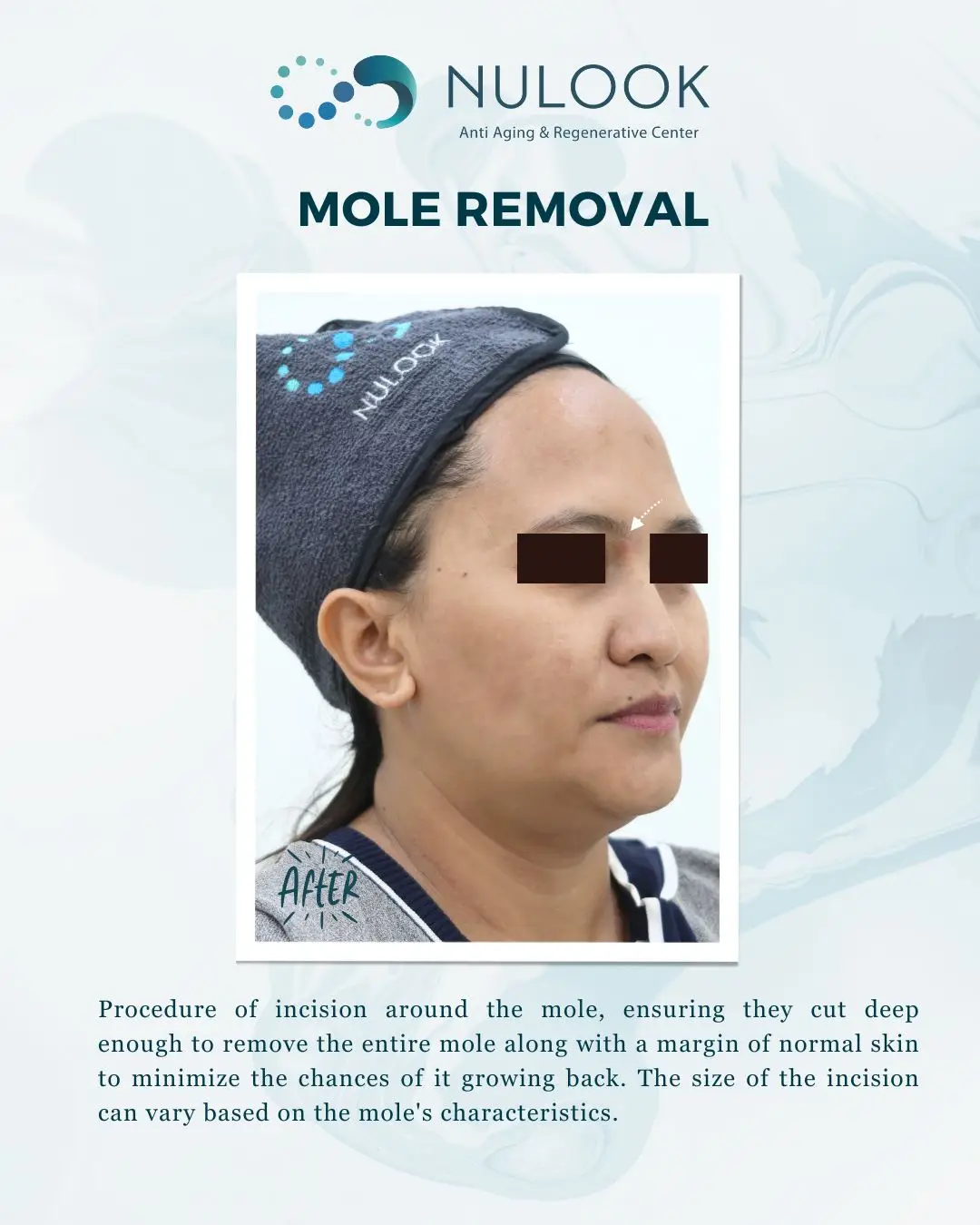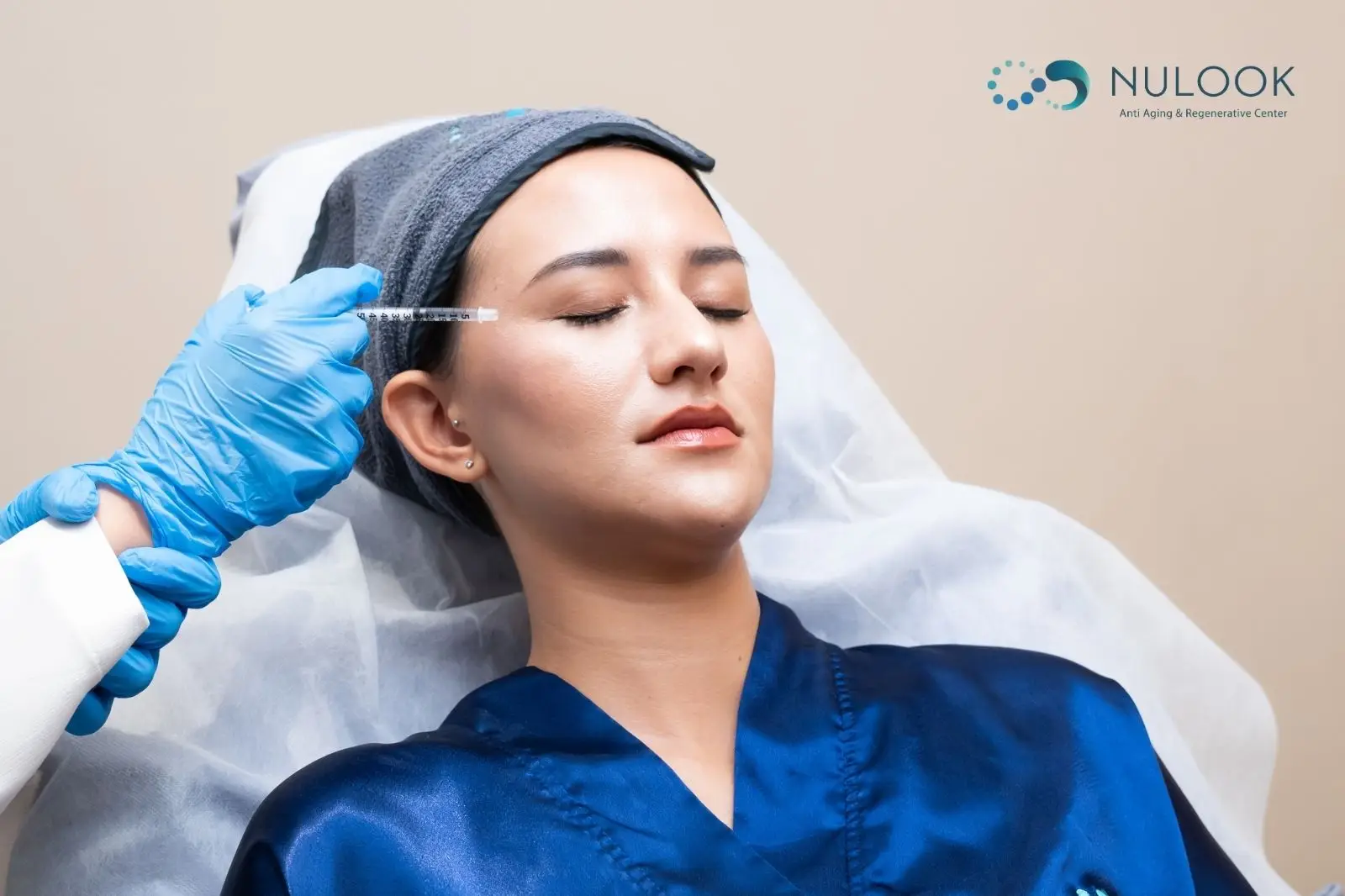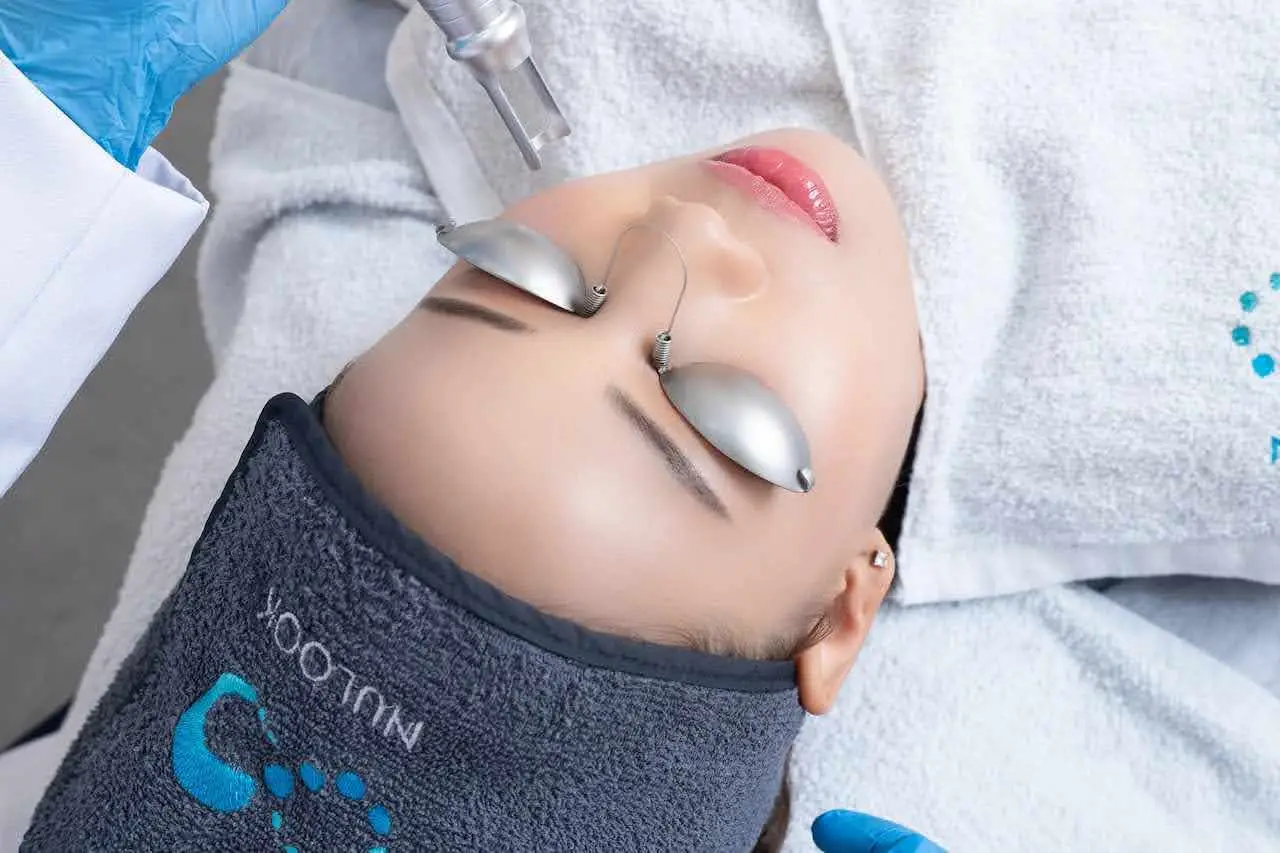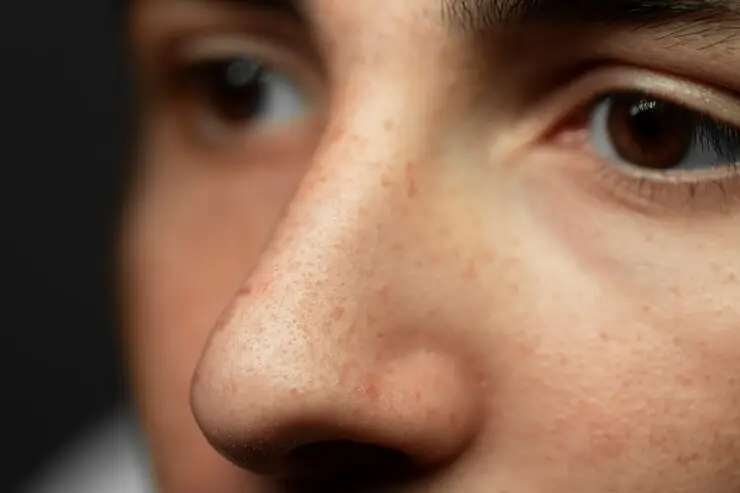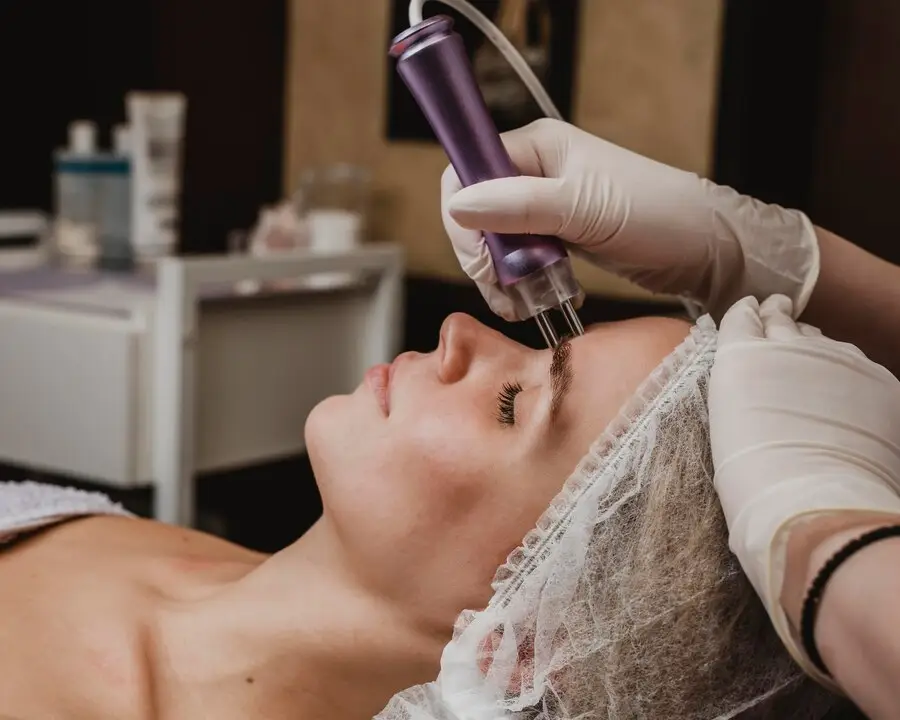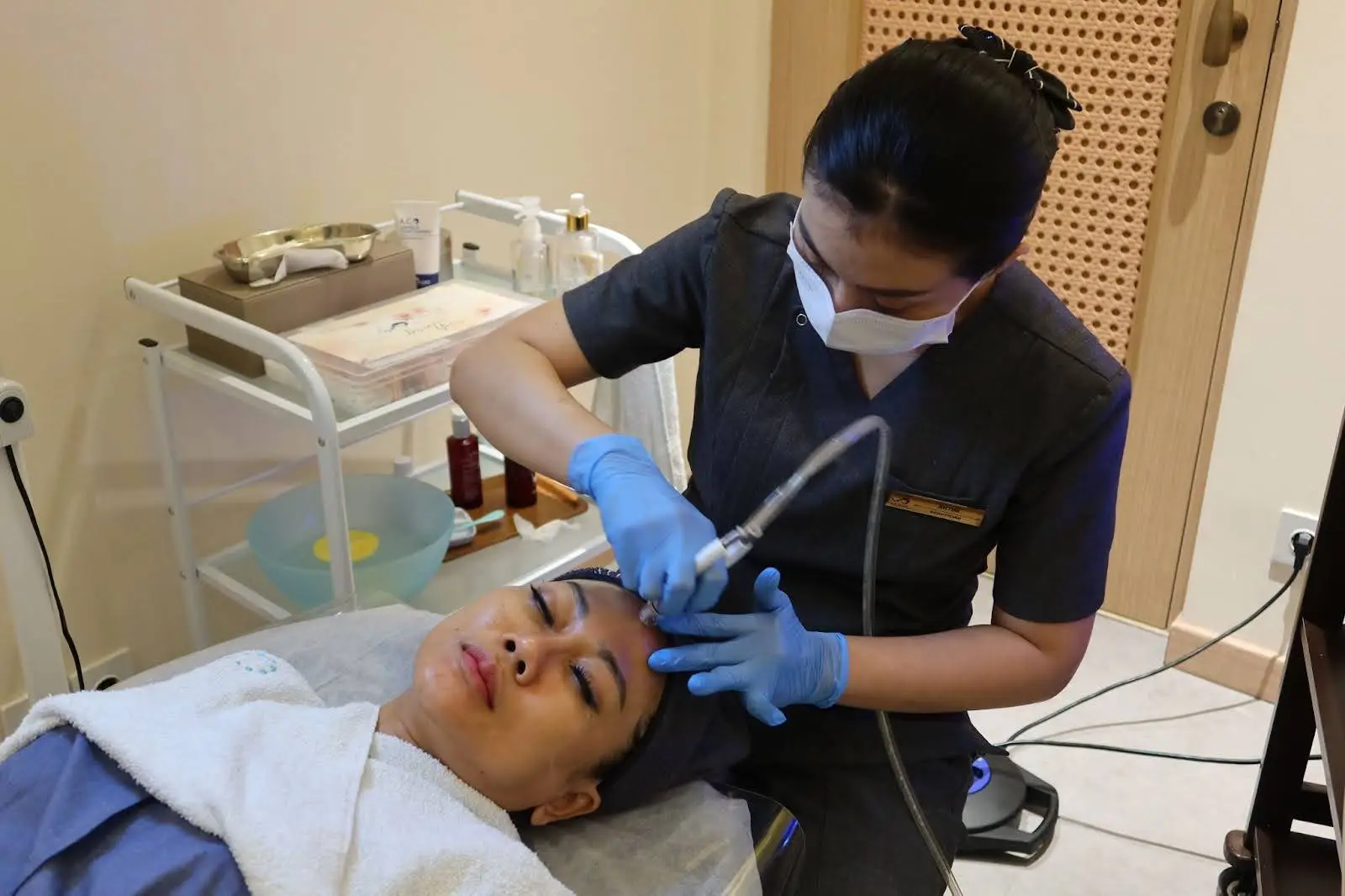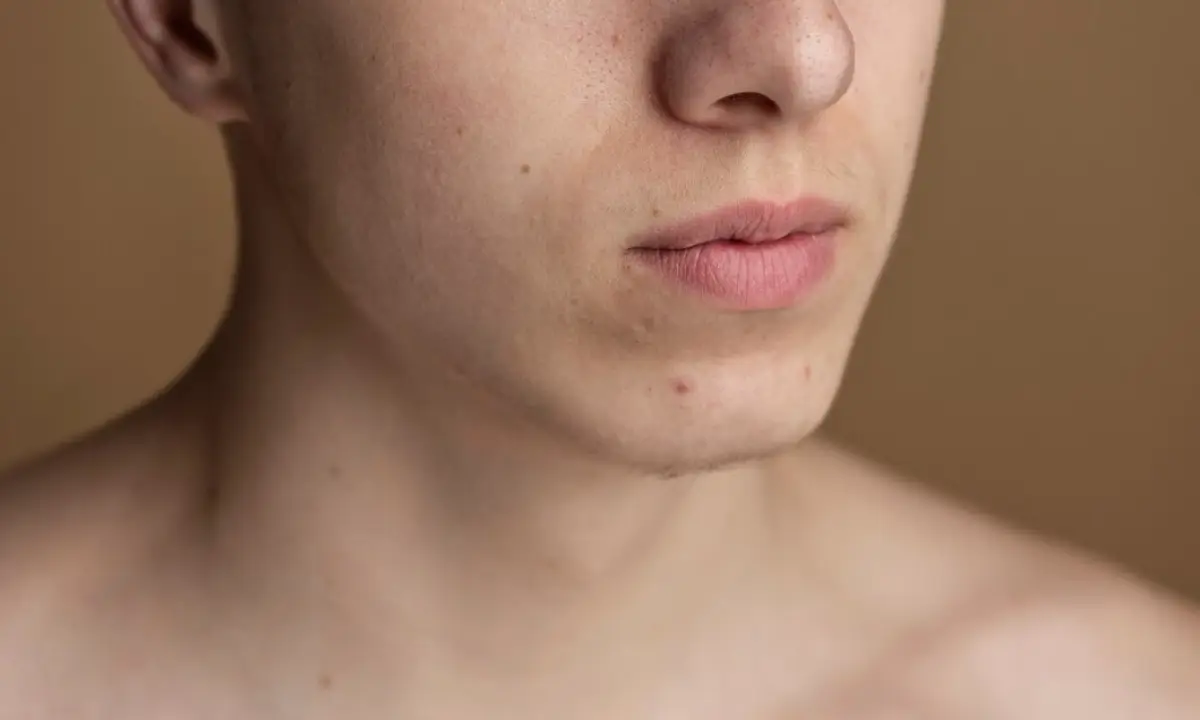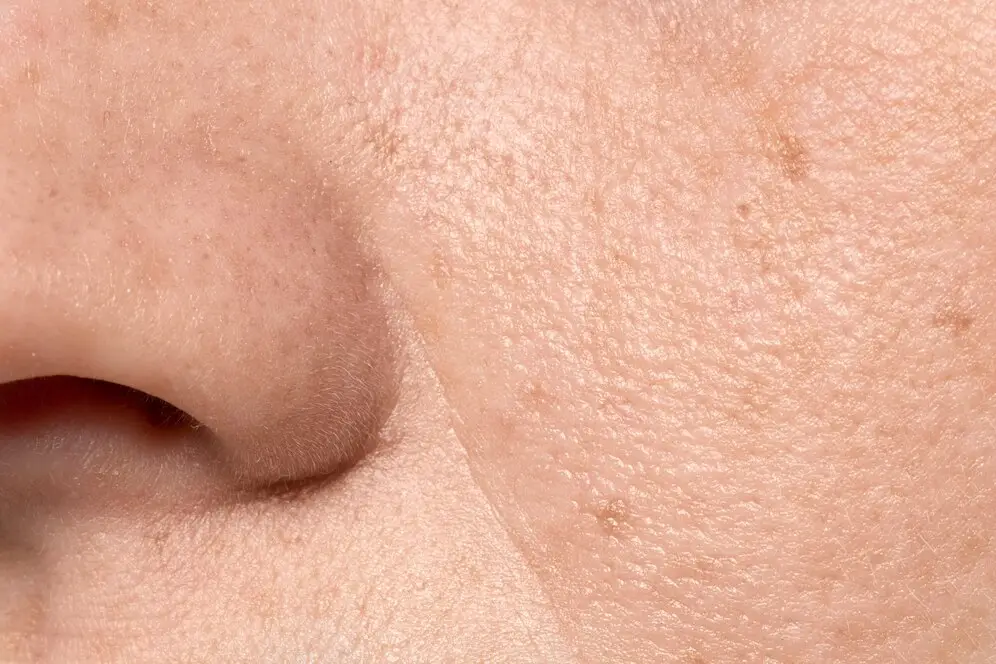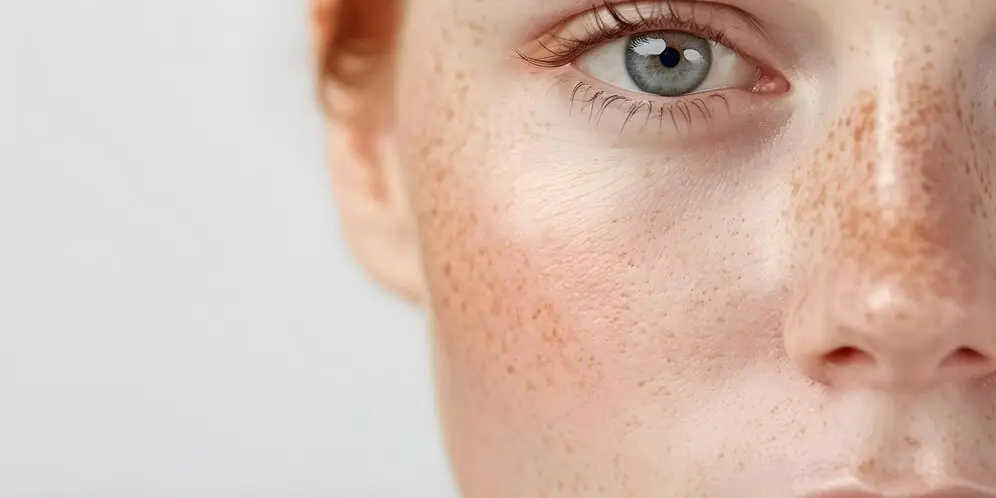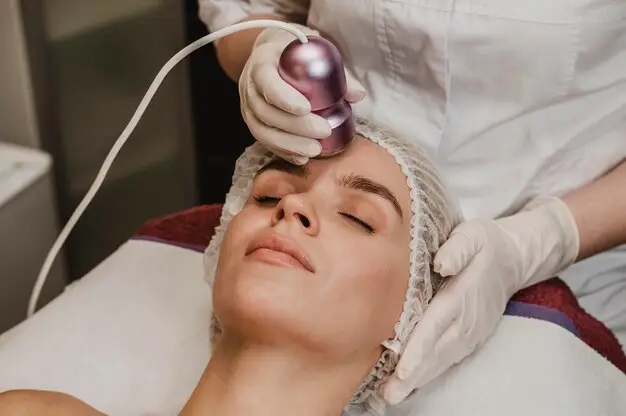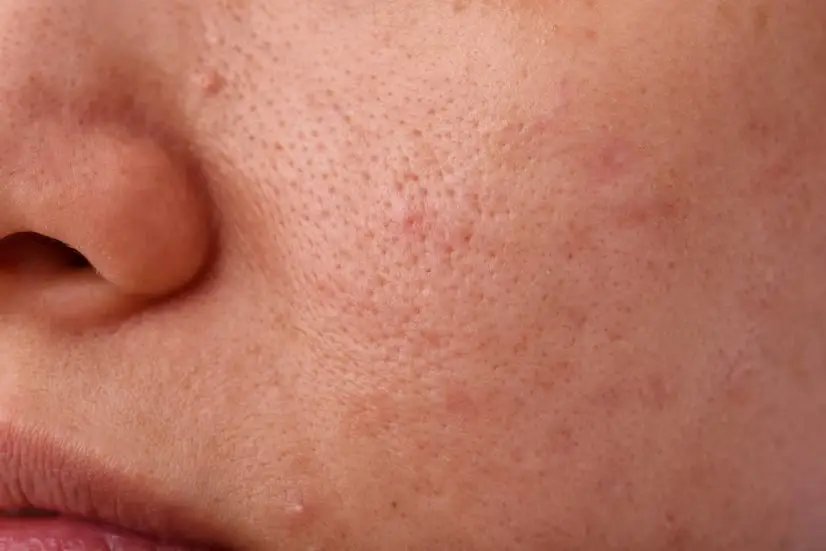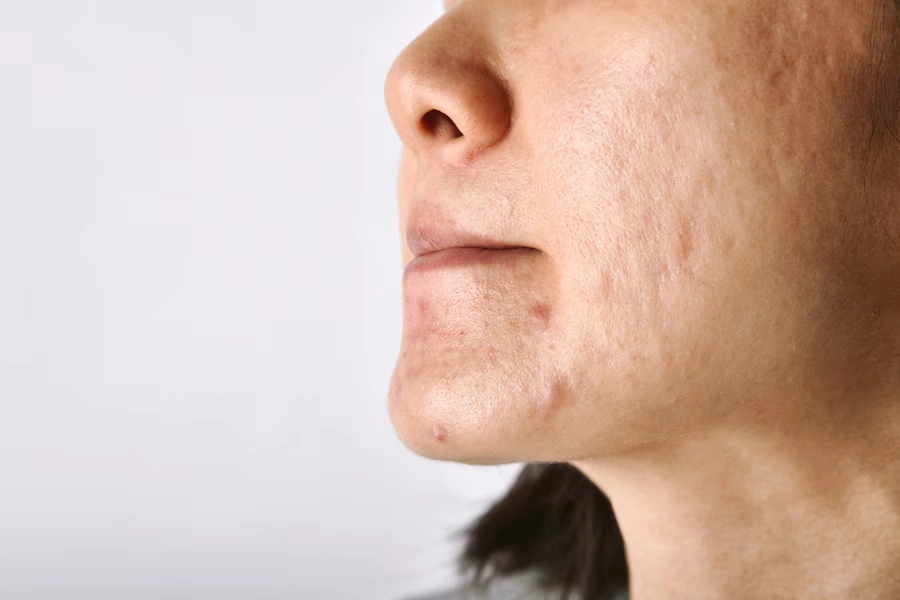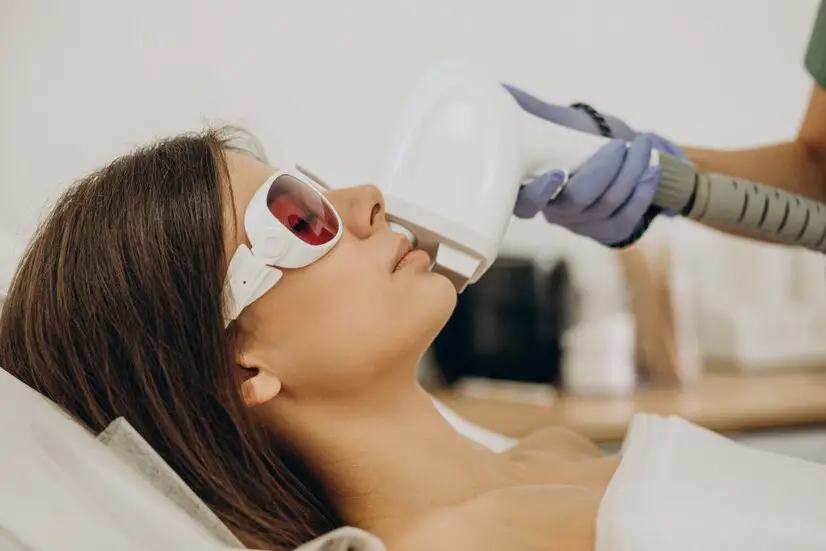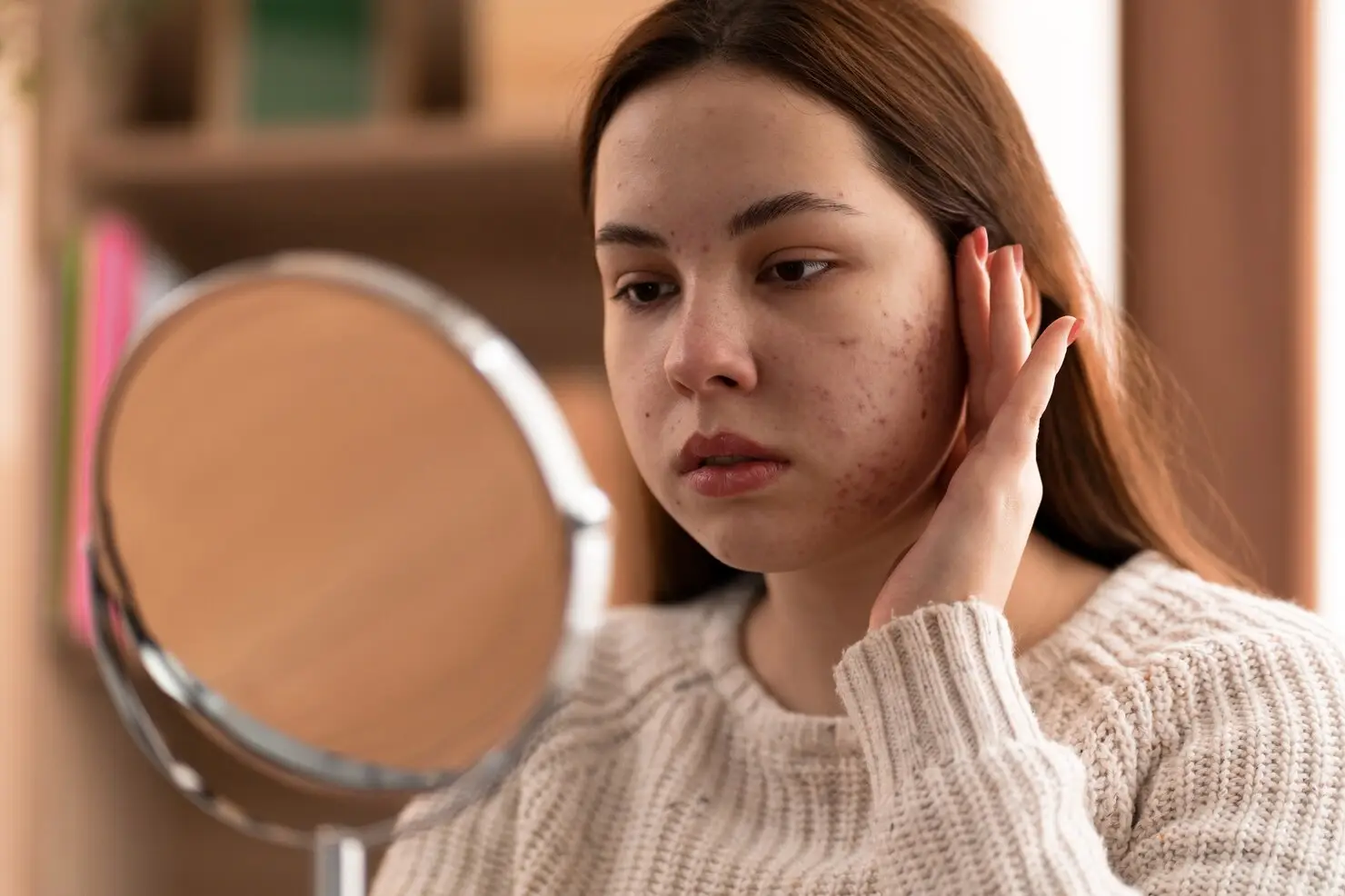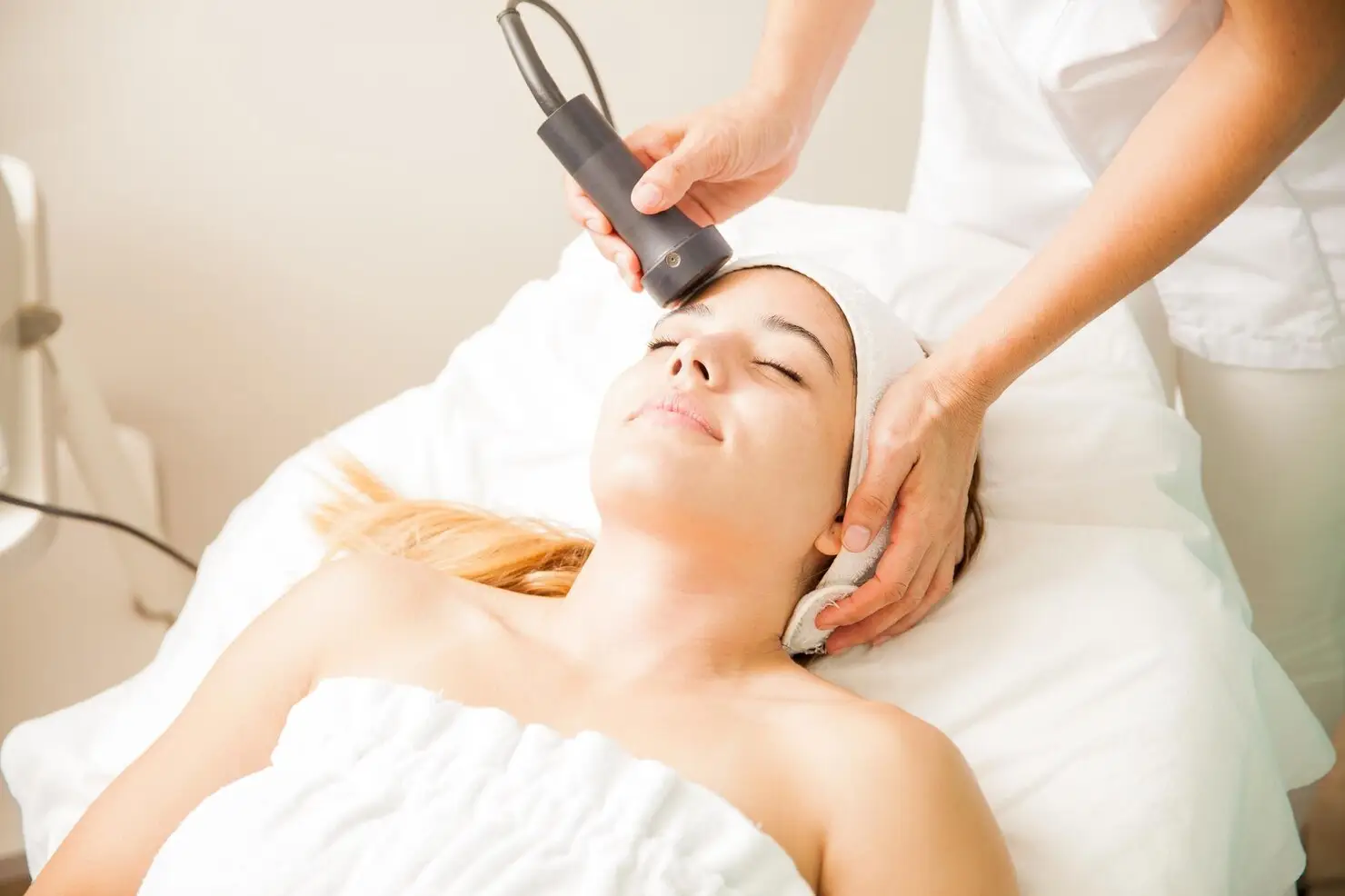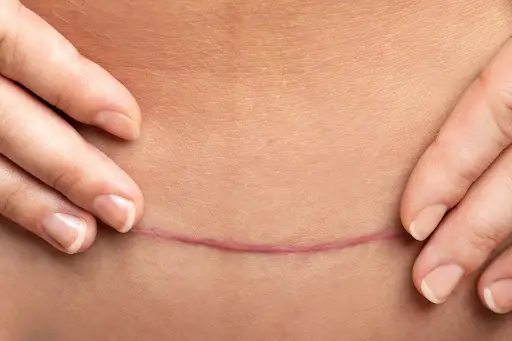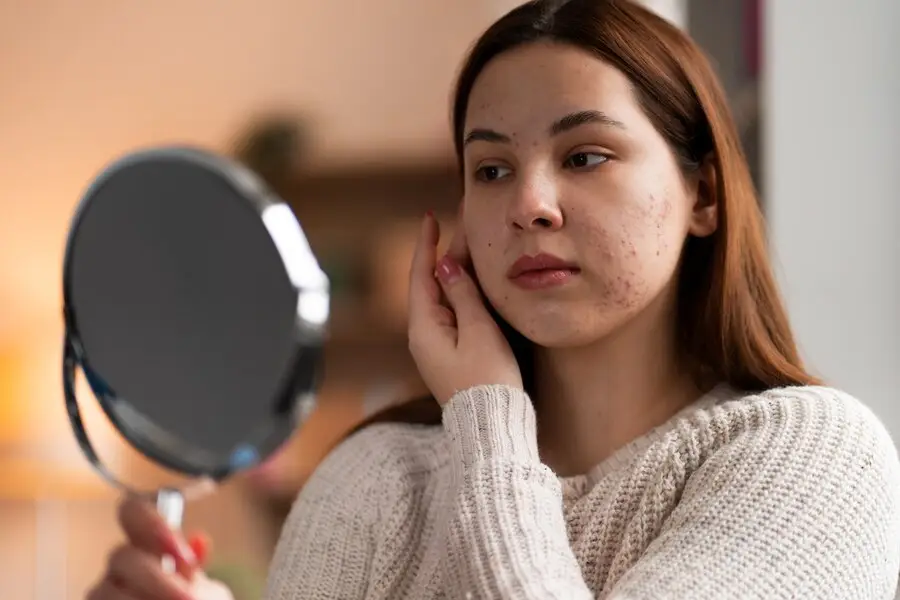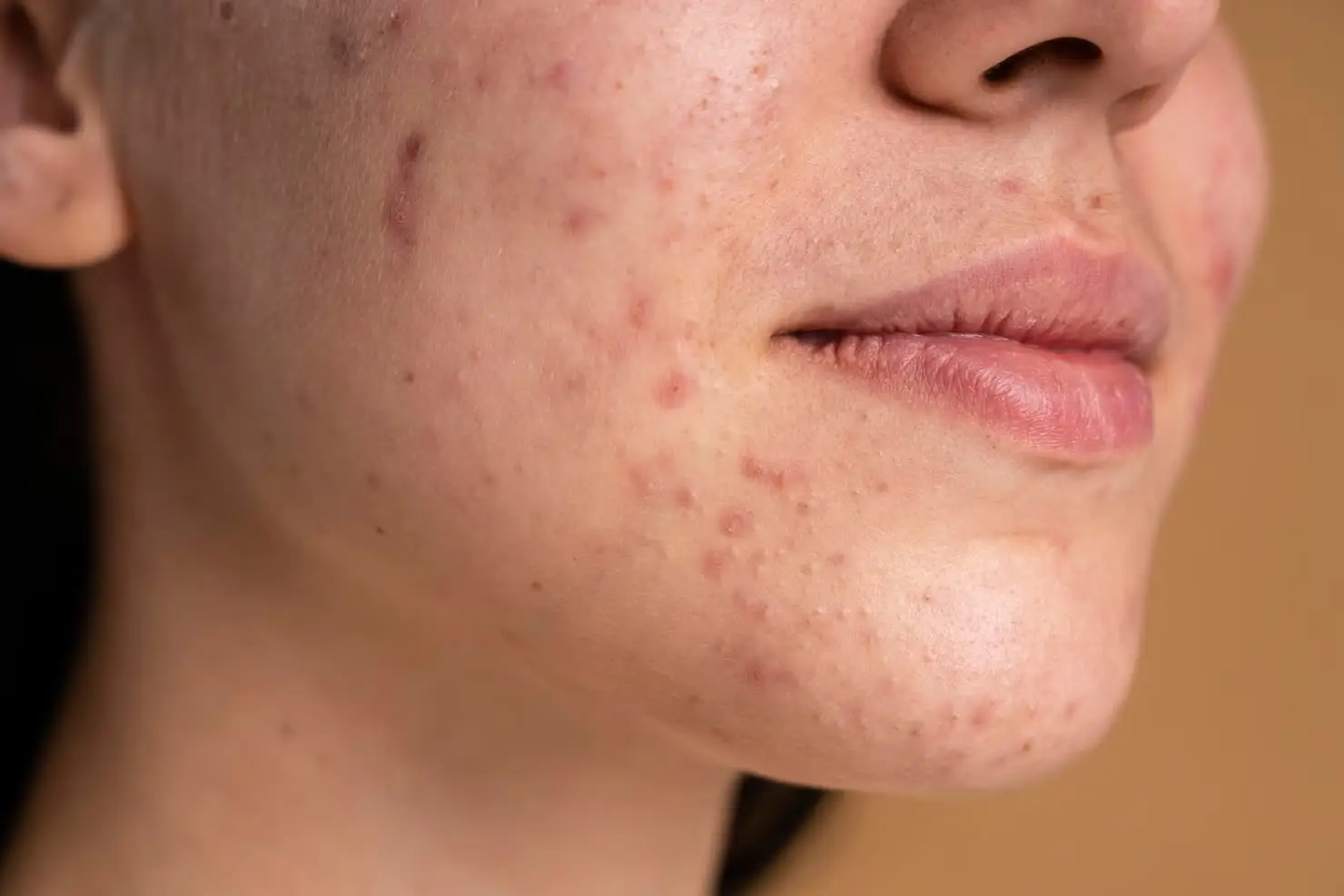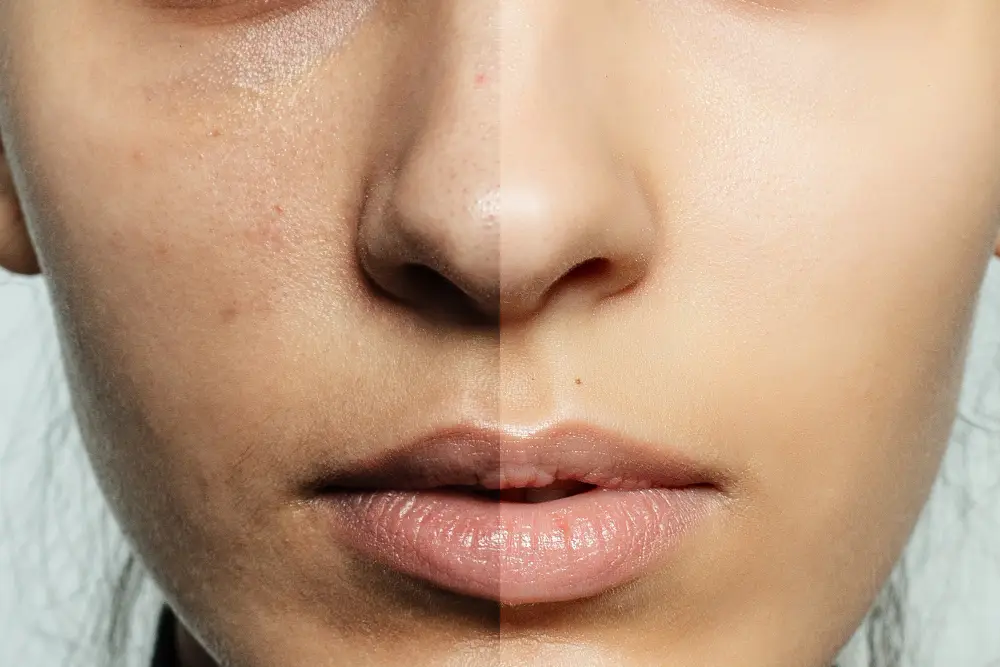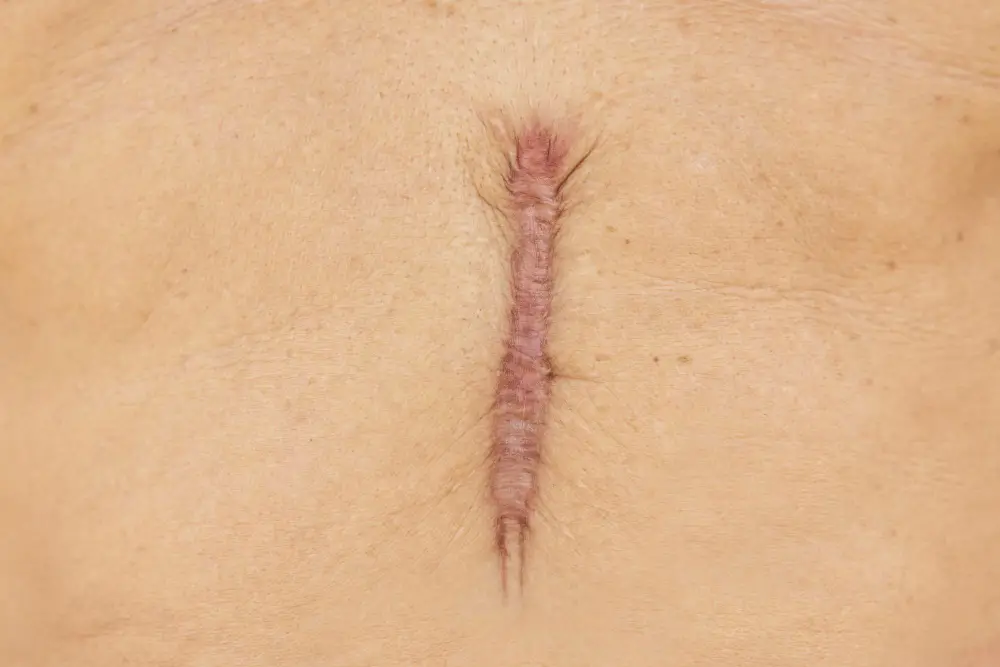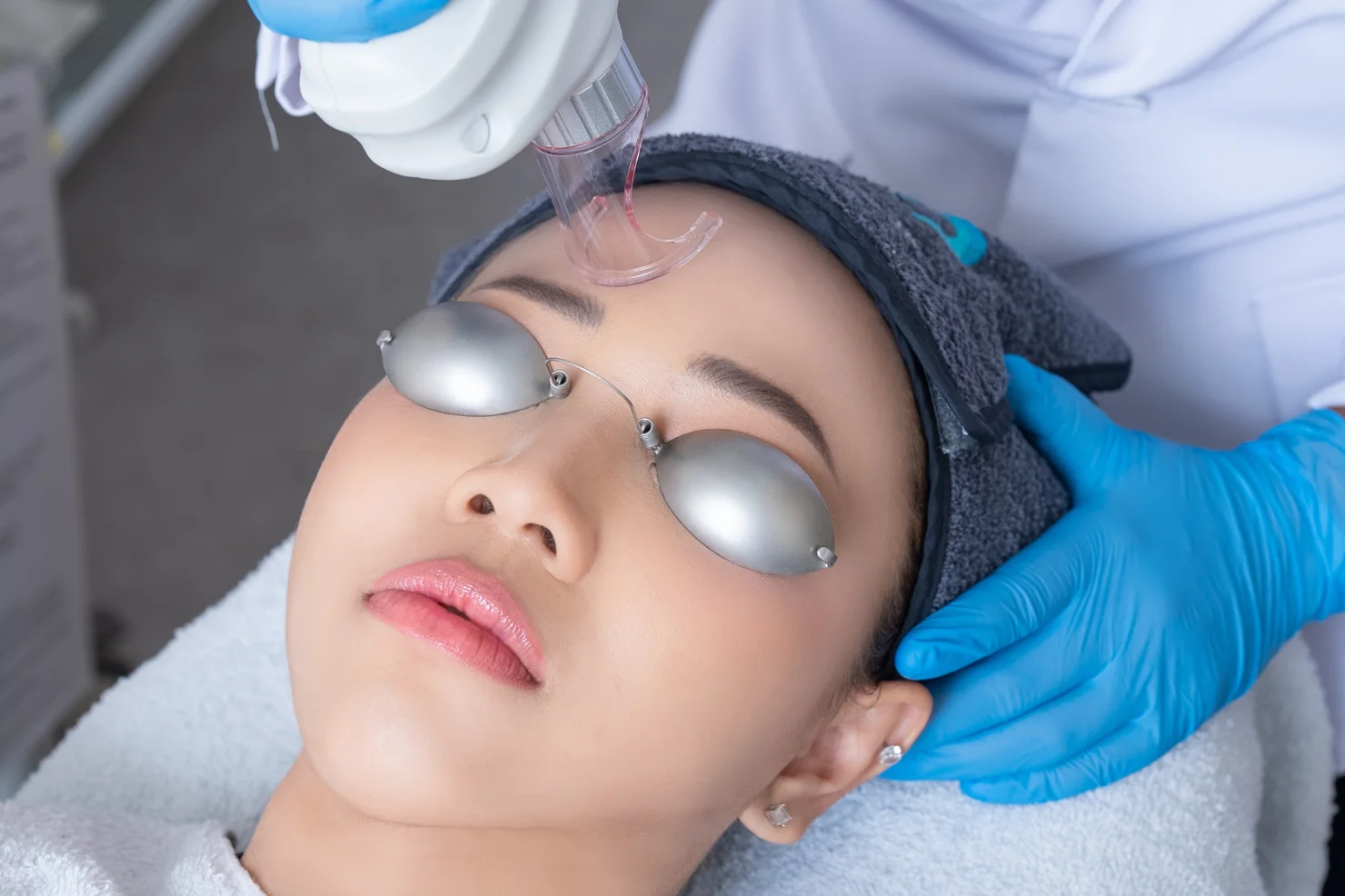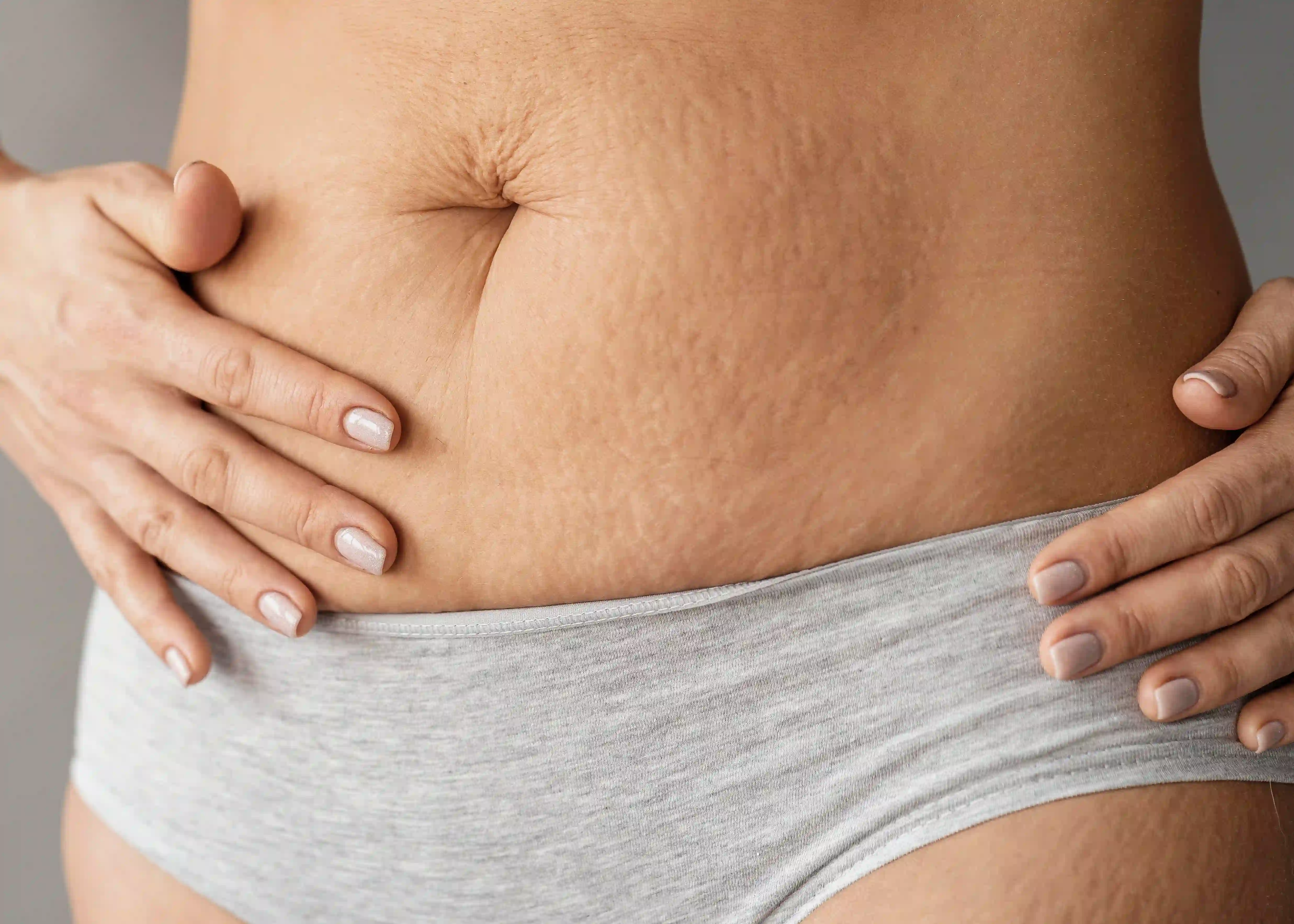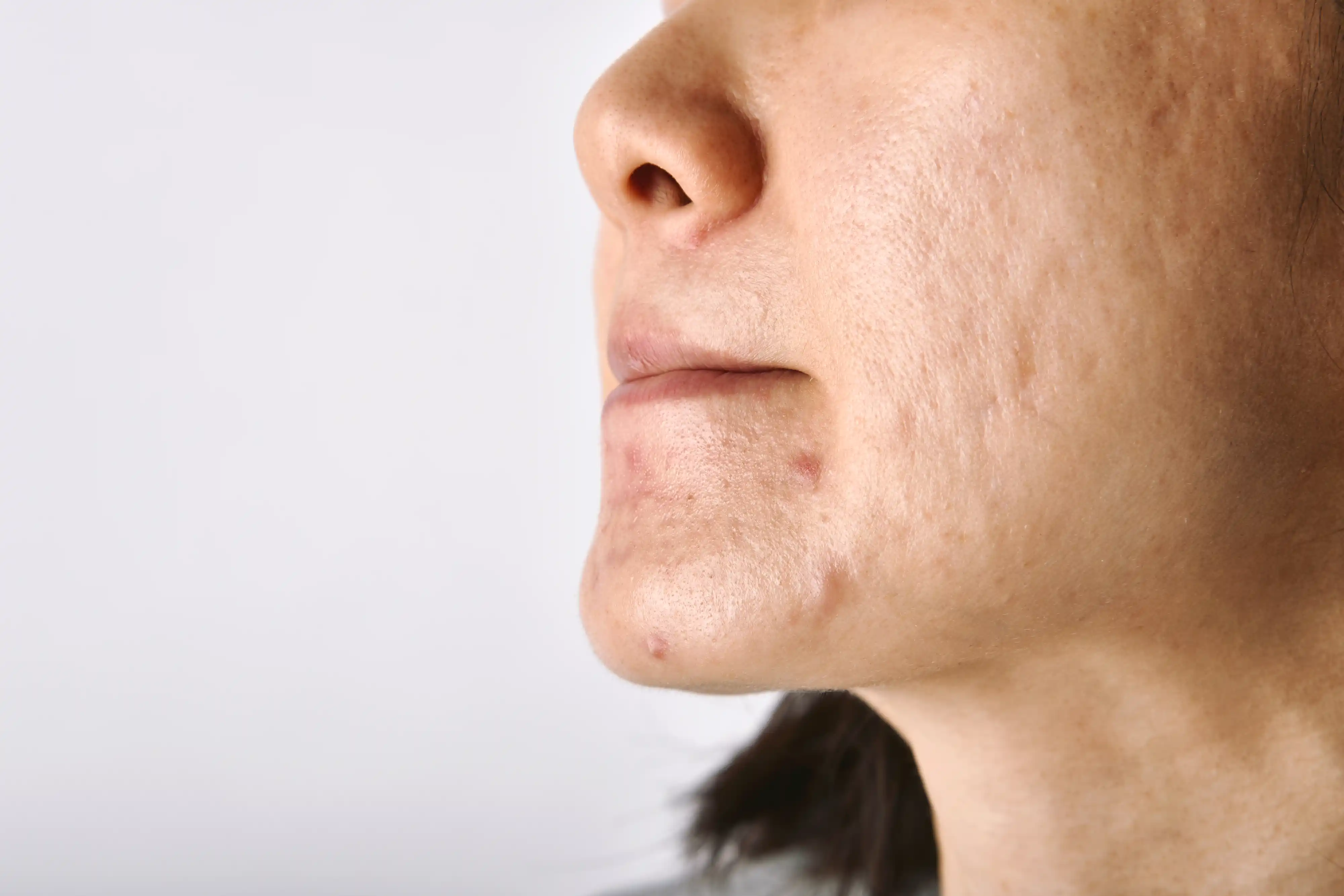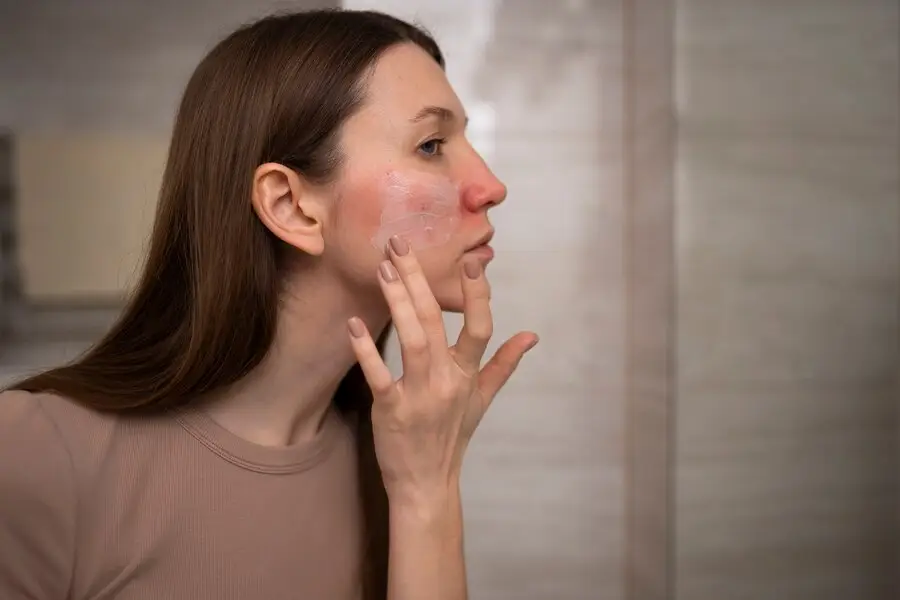Acne Scar Treatment Bali
Author: Administrator28/03/2024Rebuild Confidence with Acne Scar Treatment Bali
Fraxis Duo is an advanced acne scar laser treatment that combines fractional CO2 laser and micro-needle RF technology for effective acne treatment and overall skin rejuvenation.
This laser treatment helps smooth acne scars, reduce fine lines, and improve skin texture with minimal downtime. Compared to chemical peels, Fraxis Duo offers deeper skin renewal and longer-lasting results.
How Scar Treatment Works
Fraxis Duo works through a combination of laser skin resurfacing and micro-needle RF technology to treat various types of acne scars effectively. This process stimulates the growth of healthy skin cells and encourages collagen remodeling for smoother skin. Below is how each step works:
1. Fractional CO2 Laser
The laser resurfacing process uses precise energy to target scar tissue and stimulate collagen regeneration in the treated area. It’s especially effective for hypertrophic scars and atrophic scars, helping to smooth uneven surfaces while reducing the appearance of old active acne marks.
2. Micro-Needle RF Technology
This step delivers controlled radiofrequency energy through micro-needles to reach deeper skin layers. It boosts collagen formation, tightens the skin, and enhances results from the laser peeling process.
3. Aftercare and Recovery
Following treatment, it’s important to avoid direct sun exposure and keep the skin hydrated to protect newly treated areas. Your specialist will design a treatment plan suited to your skin type and scar condition.
Benefits of Scar Treatment
Fraxis Duo offers multiple benefits through advanced laser therapy that promotes skin resurfacing and collagen renewal. It helps smooth and rejuvenate the treatment area while minimizing downtime and discomfort. Below are the main advantages you can expect:
1. Skin Rejuvenation
This ablative laser technology improves overall skin texture, reducing fine lines and wrinkles. The treatment enhances blood flow and accelerates the healing process, leaving the skin smoother and more radiant.
2. Acne Scar Treatment
Fraxis Duo effectively treats various acne scars, including rolling, boxcar, and ice pick scars. Unlike surgical procedures or steroid injections, this method gently resurfaces the skin and is suitable for almost every skin type.
3. Pigmentation Correction
By combining CO2 laser therapy and micro-needle RF, this treatment reduces dark spots and uneven pigmentation in the treatment area. It also helps correct discoloration caused by old scars or cold sores.
4. Skin Tightening and Lifting
The dual action of the laser and RF energy tightens the skin, making it appear firmer and more youthful, particularly effective on the cheeks, neck, and jawline.
5. Non-Invasive and Safe
Fraxis Duo is a non-surgical, minimal downtime procedure that allows patients to return to daily activities immediately. Experienced dermatologists ensure the process is safe and tailored to your needs.
6. Aftercare and Lasting Results
Patients are advised to avoid sun exposure and apply broad spectrum sunscreen after treatment to protect healing skin. Ingredients like glycolic acid may also support cell renewal. The healing process continues over time, with visible improvement after just a few sessions.
Who is a Good Candidate for Scar Treatment?
Fraxis Duo laser treatment is suitable for individuals seeking to improve the appearance of scars, acne, or sun damage without undergoing surgery. The laser works by stimulating collagen and elastin production, which helps renew the top layer of skin. Here’s who can benefit most from this procedure:
1. Individuals with Acne or Old Scars
Those with acne scars, including boxcar, rolling, or ice pick types, are ideal candidates. The treatment helps smooth out uneven texture caused by acne or the original injury, gradually revealing fully healed and healthier skin.
2. People with Sun Damage or Uneven Skin
If you have sun damage or pigmentation caused by prolonged sun exposure, this laser treatment can help. It rejuvenates the skin’s top layer and restores its natural tone. Patients should use sunscreen with at least SPF protection after each session.
3. Patients with Mild to Moderate Scarring
Individuals with mild to moderate scars from previous surgery, burns, or trauma can see visible improvement after several sessions. Consistency in treatment ensures the laser penetrates deep enough to rebuild collagen and smooth the skin’s surface.
4. People in Good General Health
A good candidate should have no active acne or skin infection in the treatment area. They should also maintain a healthy lifestyle, drink plenty of water, avoid smoking, and keep the skin well-hydrated to support optimal healing.
5. Those Seeking a Confidence Boost
Improved skin texture often enhances self confidence. Many patients choose Fraxis Duo not only to reduce scars but also to feel more comfortable in their own skin after laser treatment.
Safety and Side Effects
Fraxis Duo is a trusted name in treating acne scars and skin therapy, known for being both effective and safe when performed by an experienced dermatologist. This procedure encourages natural collagen production and skin renewal with minimal risk or downtime.
However, understanding possible reactions helps ensure safe and optimal recovery.
1. Mild Redness and Swelling
After treatment, mild inflammation or redness may occur on the treated area, similar to a light peel. This reaction is temporary and typically subsides within a few days. Applying post-treatment creams as recommended by your doctor can help soothe the skin.
2. Slight Discomfort or Pain
Some patients might feel mild pain or a warm sensation during the session, especially if they have severe acne or sensitive skin. The discomfort is minimal and can be managed easily with cooling gel or prescribed topical therapy.
3. Temporary Sensitivity and Peeling
The skin may feel more sensitive or experience light peeling as it renews itself. Avoid scratching or picking the area to prevent irritation. Your dermatologist may suggest specific vitamin creams or moisturizers to aid healing and maintain hydration.
4. Rare Complications
In rare cases, infection or visible marks may occur if post-care instructions are not followed. Always schedule a consultation with a qualified dermatologist before starting the therapy to assess your risk factors, including pregnancy or any underlying conditions.
5. Proper Aftercare for Best Results
To ensure safe healing and maintain visible improvement, avoid direct sunlight, use gentle skincare products, and keep up with follow-up sessions as advised by your doctor. Proper aftercare significantly minimizes side effects and enhances the long-term results of this treatment therapy.
Disclaimer
- Treatment results may vary for each individual, depending on skin condition, medical history, lifestyle, and various other factors.
- All “before & after” photos shown are illustrative examples and do not guarantee identical results for every patient.
- The information provided on this website is intended for general educational purposes only and should not be considered a substitute for professional medical consultation. Please consult directly with a licensed doctor or medical professional at our clinic for an accurate diagnosis and personalized treatment recommendations.
